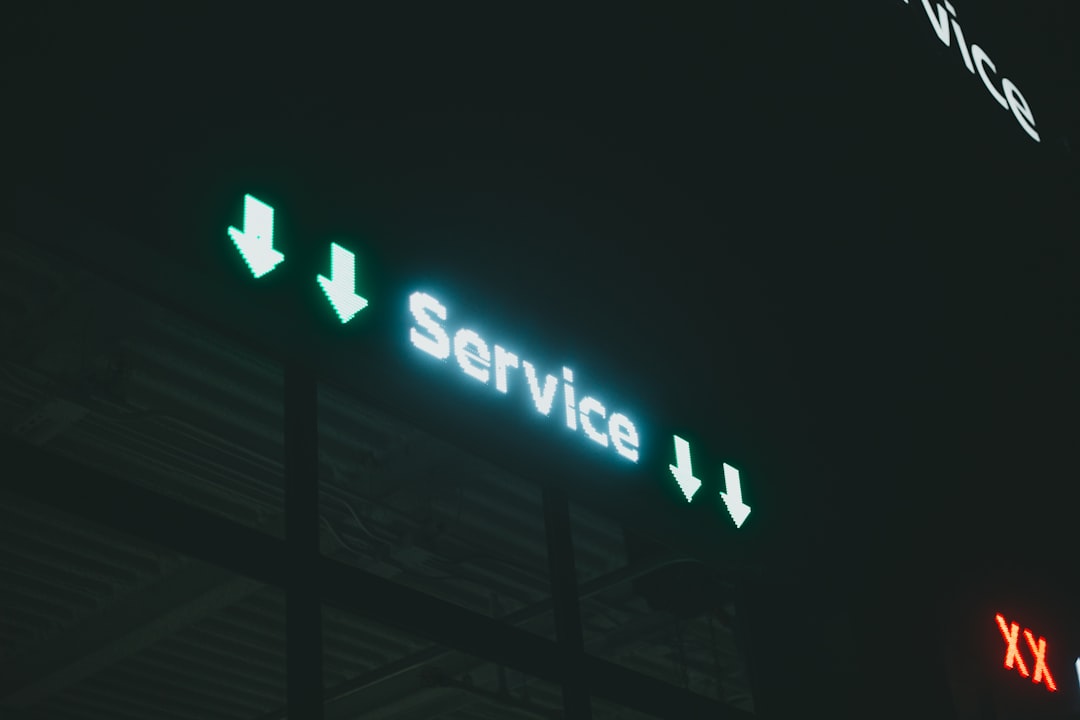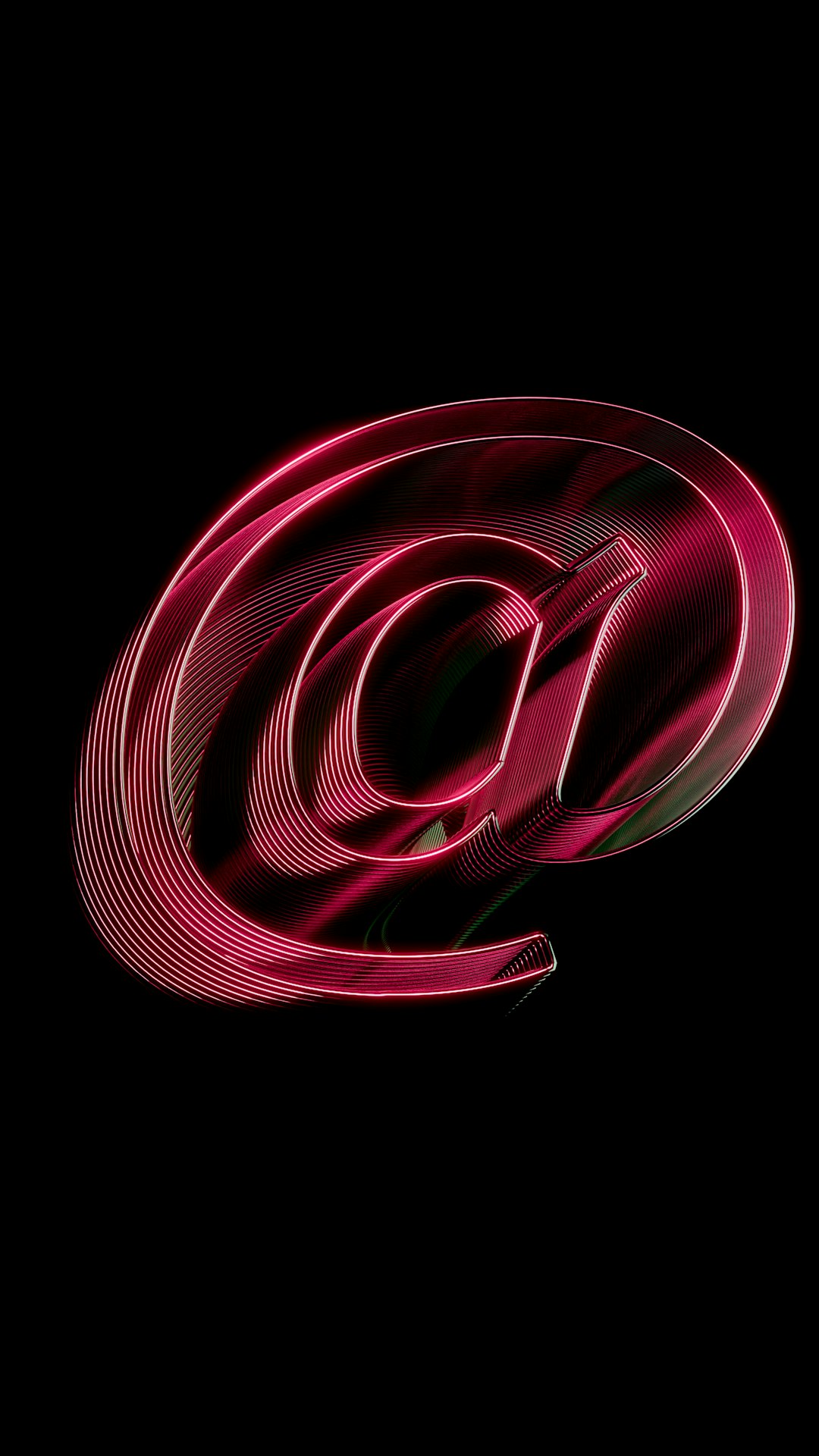If you’ve ever encountered a “400 Bad Request” error while trying to sign in to your Hotmail (now Outlook.com) account, you are not alone. This frustrating error can prevent you from accessing your emails, interrupting your workflow or communication. Fortunately, this issue is usually temporary and can be fixed with some fairly simple troubleshooting steps. In this guide, we will walk you through the most effective and trusted methods to resolve the Hotmail sign-in error 400.
What Is Error 400?
The “400 Bad Request” error is an HTTP status code that indicates the request sent to the server is malformed or corrupted. In the case of Hotmail, this could be due to a variety of problems, including:
- Corrupted browser cache or cookies
- Malformed URL request
- Obsolete browser extensions or plugins
- Incorrect system time and date
- Issues from the server-side (less frequently)

Regardless of the root cause, you don’t need to be a tech expert to address this issue. Follow the detailed, step-by-step instructions below to get back into your account quickly and securely.
Step 1: Clear Your Browser’s Cache and Cookies
One of the most common triggers for a 400 error when accessing websites, including Hotmail, is corrupted cache and cookies. These files can store outdated session information or conflict with new server requests.
- Open your browser’s settings menu (usually accessible via the three-dot icon in the top-right corner).
- Navigate to the “Privacy and Security” section.
- Select “Clear browsing data”.
- Check the boxes for Cookies and other site data and Cached images and files.
- Set the Time Range to All Time, then click Clear Data.
After clearing your browser data, restart your browser and attempt to sign in to Hotmail again.
Step 2: Double-Check the Web Address
Typing errors in the Hotmail login URL can also trigger a 400 error. Make sure that you’re using the correct login address:
https://outlook.live.com/
Copy and paste the correct URL rather than typing it to rule out accidental mistakes.
Step 3: Try a Different Browser or Incognito Mode
If clearing the cache didn’t work, the problem may be related to your current browser’s settings or extensions. Try the following:
- Open Incognito Mode or Private Browsing:
- Chrome: Ctrl+Shift+N
- Firefox/Edge: Ctrl+Shift+P
- Attempt to log in to Hotmail in the new window.
If the issue is resolved in Incognito Mode, this typically means an extension or plugin in your default browser might be causing the issue.
Step 4: Disable Browser Extensions
Browser extensions, especially security add-ons or ad blockers, can interfere with website functionality and cause errors like 400. Follow these steps:
- Go to your browser’s extensions settings page.
- Disable all extensions by toggling them off.
- Restart your browser and try signing into Hotmail again.
- If this fixes the issue, re-enable extensions one at a time to isolate the problematic one.
Step 5: Correct System Time and Date Settings
Incorrect time or date settings on your computer can cause issues with secure connections (SSL/TLS certificates), which in turn may result in a 400 error. To check and update your system time:
- Open your system’s Date and Time Settings.
- Enable the option to Set time automatically.
- Ensure your Time zone is selected correctly.
- Restart your device and attempt to access Hotmail again.

Step 6: Flush Your DNS Cache
Sometimes, your system’s DNS cache might store outdated or incorrect routing information. Flushing your DNS can help address this:
- Open the Command Prompt as an administrator.
- Windows: Press Win + R, type cmd, then press Ctrl + Shift + Enter.
- In the command window, type:
ipconfig /flushdns
- Press Enter. You should see a confirmation message.
- Close the command window and restart your browser.
Step 7: Check Microsoft Server Status
Although rare, there are times when Microsoft’s own servers may be experiencing technical difficulties. You can check their service health page:
https://portal.office.com/servicestatus
If there’s a known outage affecting Hotmail or Outlook, all you can do is wait for the service to be restored. Avoid making repetitive login attempts during this time as it may temporarily block your IP.
Step 8: Reset Your Internet Browser
If none of the above solutions work, consider performing a full reset of your browser settings.
- Google Chrome:
- Go to Settings > Advanced > Reset and clean up.
- Click Restore settings to their original defaults.
- Mozilla Firefox:
- Go to Help > More Troubleshooting Information.
- Click Refresh Firefox at the top right.
- Microsoft Edge:
- Go to Settings > Reset settings.
- Click Restore settings to their default values.
Note: This will delete all custom settings, themes, pinned tabs, and extensions. Make sure to back up your preferences if needed.
Contact Microsoft Support
If you’ve followed all the steps and still experience the same issue, there may be an issue specific to your account or IP address. You should contact Microsoft Support for further diagnosis:
https://support.microsoft.com/contactus
Be ready to provide the following information:
- Your Microsoft account email
- The browser and device you are using
- The error code and description of the problem
- Any troubleshooting steps you have already taken
Preventing Future 400 Errors
While technical issues can never be completely avoided, regular maintenance and cautious browsing habits can significantly reduce the occurrence of 400 errors:
- Keep your browser updated to the latest version
- Clear your cache and cookies periodically
- Avoid using unreliable browser extensions
- Ensure your system is protected against malware
- Use secure and verified networks, especially when logging into sensitive accounts like Hotmail
Conclusion
Facing a 400 error when trying to sign in to Hotmail can be daunting, but it’s typically a solvable issue with the right approach. By following the step-by-step guide outlined above—from clearing your cache to flushing your DNS—you can identify and fix the root of the problem with confidence and minimal technical knowledge.

Staying informed and regularly maintaining your device and browser settings will not only help you resolve this specific issue but also prevent similar errors in the future. If the problem
